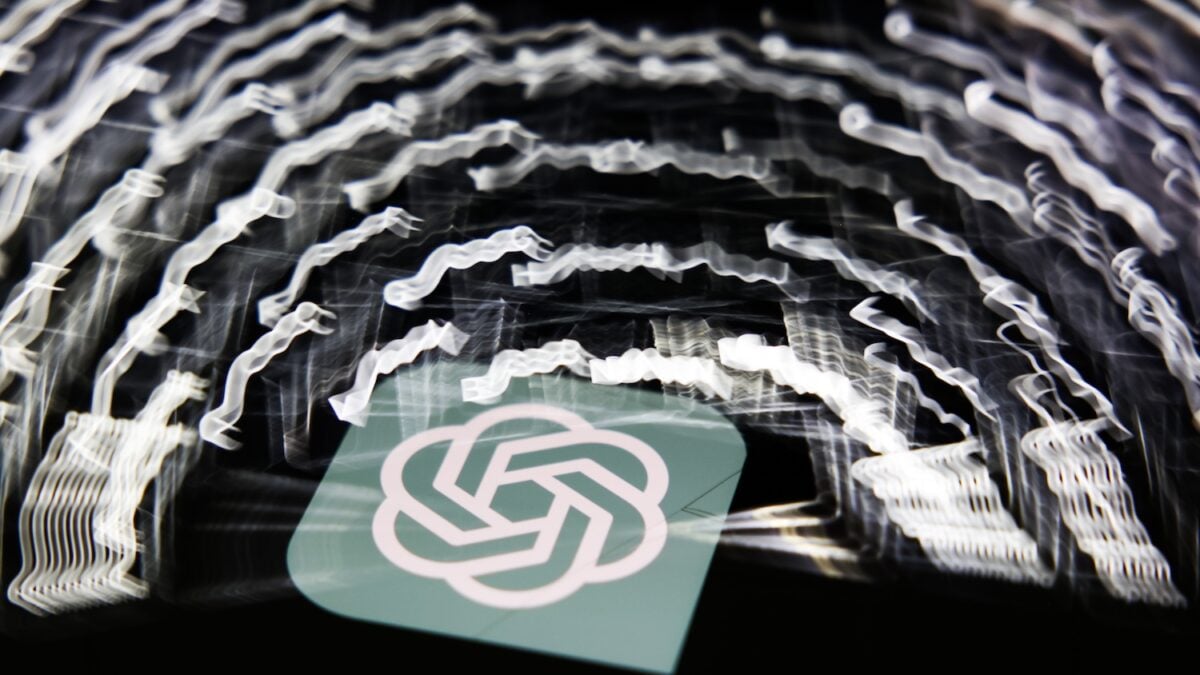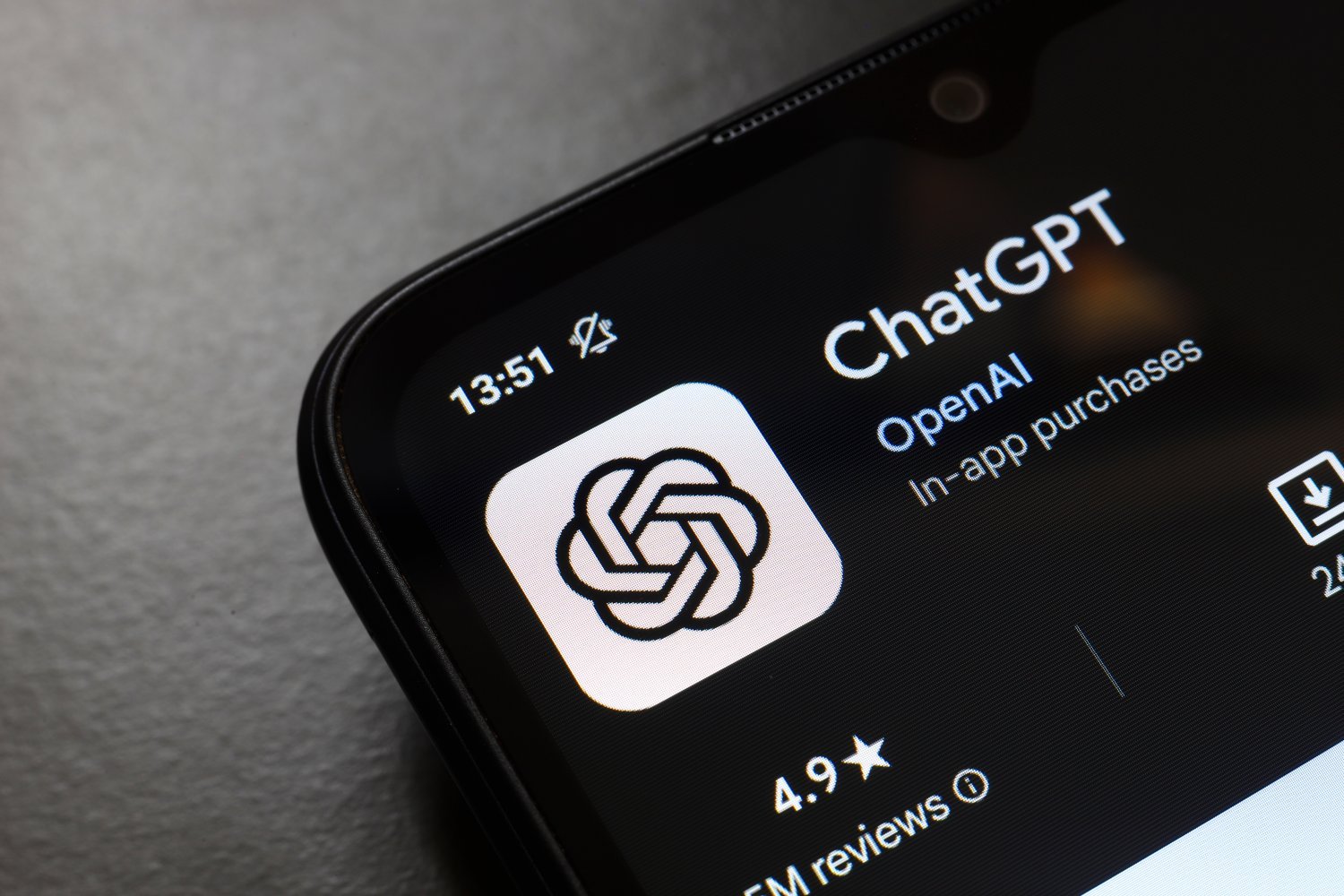The world of AI video generation is currently experiencing a meteoric rise. Just last month, the buzz was all around Google’s Veo, a model already raising concerns about its potential to create incoherent action movies and even automate game development. The momentum hasn’t slowed; OpenAI recently announced its Sora video generation model would be available for free via Bing, a significant development for those curious about AI video tools without a budget. But Google and OpenAI aren’t the only players. Other AI companies are observing these advancements and seemingly stepping up to the challenge.
One such company is Captions, which has just unveiled its own video generation model, Mirage Studio. Captions claims Mirage Studio can “generate expressive videos at scale” and create “actors that look and feel alive.” In simpler terms, Mirage Studio appears tailored for mass-producing AI-generated social media content – potentially semi-convincing social media slop.
What is Mirage Studio and How Does It Claim to Work?
According to Captions, Mirage Studio is designed to empower users to create compelling visual narratives.
Introducing Mirage Studio.
Powered by our proprietary omni-modal foundation model.
Generate expressive videos at scale, with actors that actually look and feel alive. Our actors laugh, flinch, sing, rap — all of course, per your direction.
Just upload an audio, describe the… pic.twitter.com/x6naqtlmLh
— Captions (@getcaptionsapp) June 2, 2025
Unlike the broader ambitions of models like Veo, Mirage Studio seems specifically focused on “content creation” for platforms such as TikTok, Instagram, and YouTube. Captions states it’s “built for marketers, creative teams, and anyone serious about crafting great narrative videos.” The process involves uploading an audio clip, then either providing a text description for the desired scene or supplying a “reference image.” After setting a few parameters, the video is generated.
The Ethical Murk: AI-Powered Likeness Appropriation?
If this process sounds like an effortless, AI-driven method to appropriate the likenesses of content creators or actors, your intuition is correct. To test this, I took some of maagx.com’s content featuring my colleague Kyle Barr (who recently reviewed the Switch 2) and transformed his work into a somewhat unsettling piece delivered by a digital avatar with a blue mohawk. It’s difficult to pinpoint exactly whose likeness Mirage Studio is borrowing from (apart from our own content in this experiment), but it’s reasonable to suspect its training data includes a vast amount of video from YouTube, Twitch, and similar streaming platforms. This raises significant questions about AI and intellectual property rights.
Mirage Studio in Action: A Hands-On Test
To create the video, I followed Captions’ instructions: I used a video from maagx.com’s Instagram, fed it into the AI system, selected an “actor” model, and waited. After a rather lengthy 10-minute wait for a mere three-second preview, I finally saw a glimpse of Kyle’s video reimagined by a blue-haired digital streamer. I then proceeded to generate the full video. The outcome was largely what one might anticipate from an AI video generator of this nature.
I turned @KyleBarr5‘s Switch 2 video on maagx.com into AI slop with @getcaptionsapp. Sorry, Kyle, and everyone with eyeballs. pic.twitter.com/fXpbcAI6Lv
— James Pero (@jamestpero) June 4, 2025
The Unraveling: A Closer Look at AI-Generated Quality
At first, quick glance, the result seemed passable. However, closer inspection reveals its flaws. The narration is mostly coherent, primarily because it directly mimics Kyle’s delivery. Yet, the video suffers from hazy edges and various minor visual distortions. A particularly notable artifact was the spontaneous appearance of what looked like purple ectoplasm towards the end – likely an AI “hallucination,” an erroneous element pulled from another video in Mirage Studio’s training data. The output feels somewhat careless and unrefined, which is, unfortunately, quite disheartening for creators.
The Broader Implications: The Inevitable Rise of “AI Slop”?
This small demonstration strongly suggests that the era of mass-produced “AI slop” is fast approaching, with few apparent means to curb it. Beyond the immediate impact on content quality and the potential flood of uninspired social media fodder created by generative AI video tools, there are profound questions about intellectual property. These are complex issues for which solutions are not yet emerging. Hollywood actors have already collectively urged regulators to establish a framework for AI-generated content, but, as is common with technology policy, the approach appears to be more reactive than proactive. You can explore more about OpenAI’s Sora and its implications on MaagX.
Conclusion: Bracing for the AI Video Wave
Ultimately, Mirage Studio serves as more evidence that advanced AI video generation tools are not just coming—they have arrived. This might be perceived as positive news for those looking to quickly produce videos for clicks with minimal effort. However, for creators who invest significant time and effort into producing original, high-quality content, it signals a challenging road ahead. It seems it’s time to prepare, because the content landscape is poised to become significantly more… “sloppy.” What are your thoughts on the rise of AI video generators and their impact on creativity and intellectual property?











